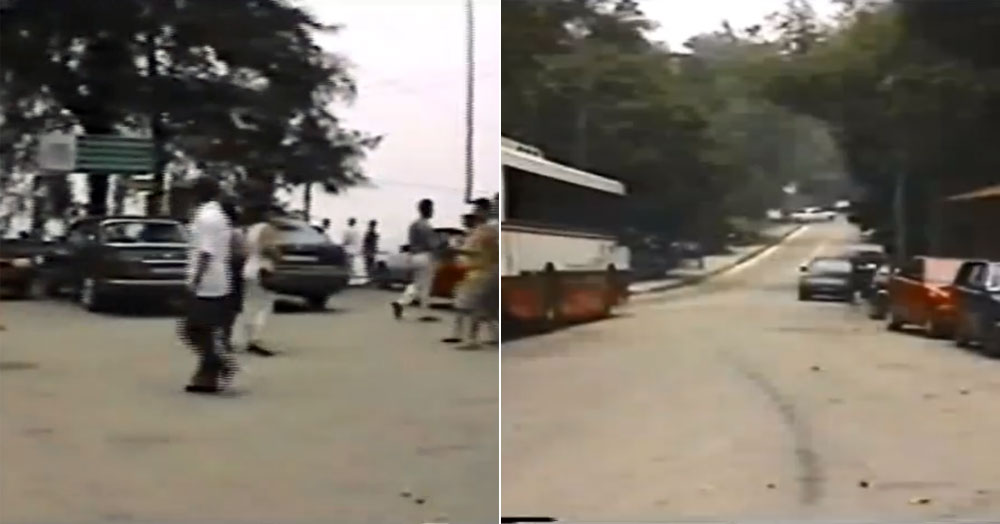Some nostalgic 1990s footage of Punggol Point Park and jetty at the end of Punggol Road is making the rounds again on Facebook:
Why is the footage getting shared now?
This is most likely because of how far the Punggol area has come since the 1990s, which is about two decades ago.
Originally uploaded in April 2016, the footage shows the extent of the transformation of the lively but haphazard restaurant-strewn Punggol end area, and how far it has come these days as it has become highly-sanitised.
Then vs Now
After making a turn, the public bus will make its way out of the area on this road:
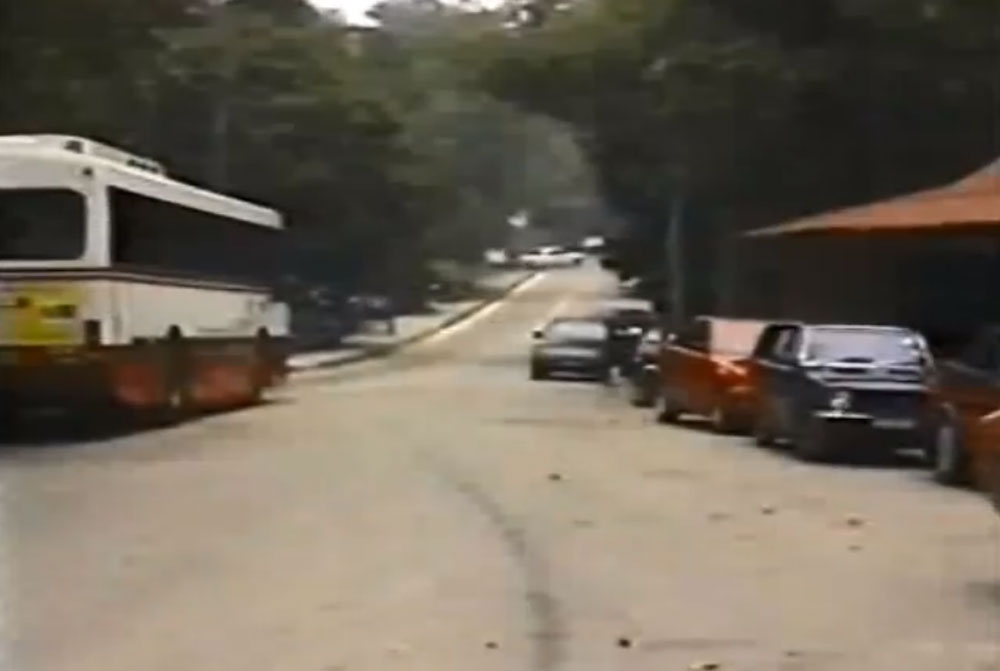
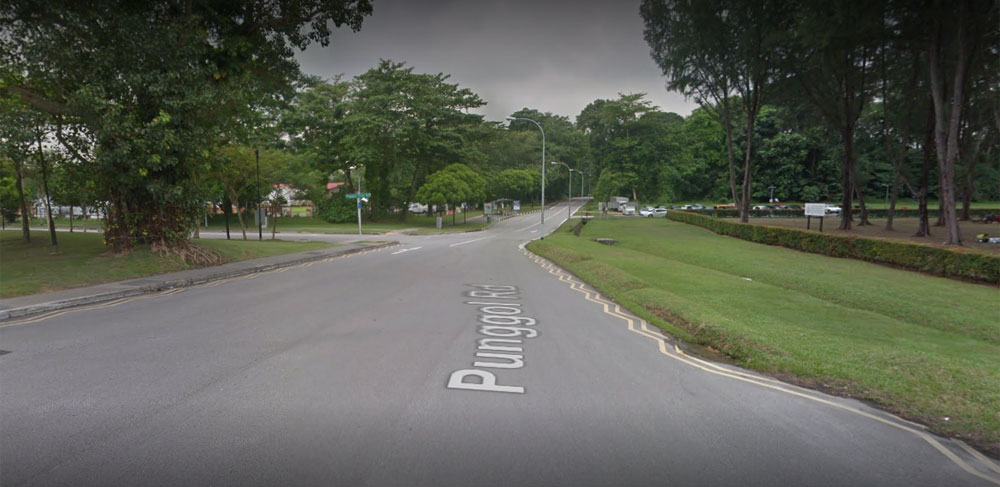
The restaurants in the area have all made way for open spaces these days:
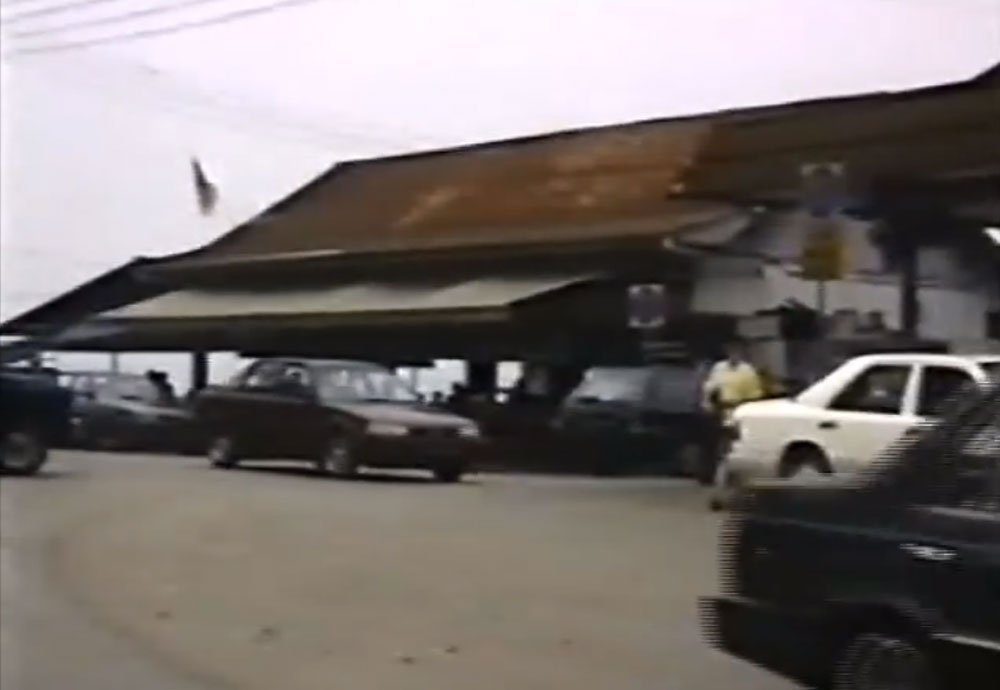
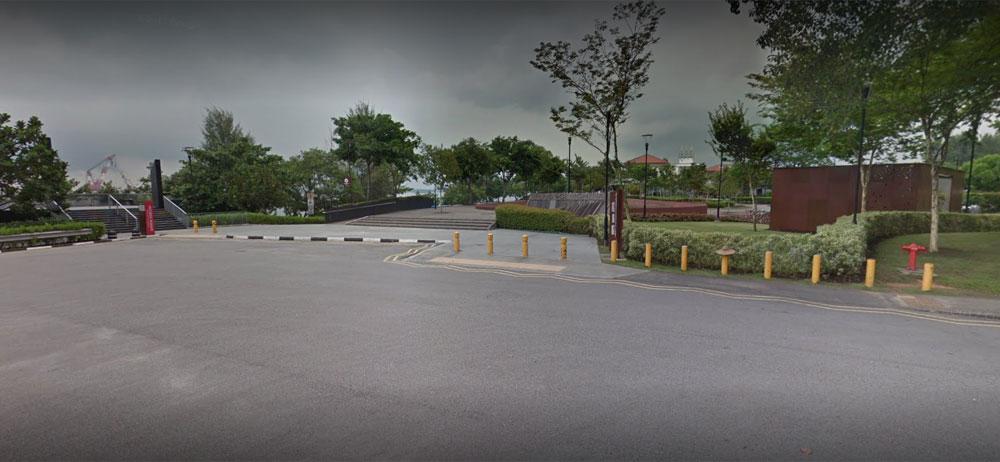
What was the end of Punggol Road known for?
The early inhabitants of Kampong Punggol -- an old settlement that used to be in the Punggol area -- were predominantly Malays living near Punggol jetty and engaged mainly in fishing.
They were thought to have been there even before Stamford Raffles.
Subsequently, the early Chinese immigrants who took up residence at Punggol carried out poultry and pig farming, as well as plantation work with rubber as the main plantation crop.
In the 1980s and 1990s, there were seafood restaurants in the area.
The area was known for its seafood and boatels that provided services like docking and renting of boats for boating, water skiing and skindiving lessons.
These seafood restaurants and boatels have since been relocated in the mid-1990s to facilitate land reclamation works
After the entire Punggol area underwent massive land reclamation throughout the 1980s and 1990s, Punggol Point Park was officially opened in December 2011.
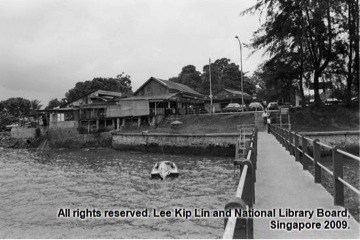
Punggol beach's dark history
The beach at the end of Punggol Road, near Punggol jetty, was one of the killing fields during the Japanese Occupation.
It was described in the newspapers as "Singapore's slaughter beach" as many people died there.
On Feb. 28, 1942, about 400 Chinese civilians were reportedly shot there by Japanese auxiliary military police.
Human remains have been found on the beach.
On March 13, 1977, a human skull and some bones were found when a man dug a hole in the sand around the area.
In December 1997, a man digging for earthworms as bait found a skull with two gold teeth, as well as parts of an arm and a leg near the shore.
Punggol Beach is on the National Heritage Board's list of historic sites.
The area is now known for The Punggol Settlement, a two-storey food enclave that opened in 2014 with restaurants and other eateries.
[related_story]
If you like what you read, follow us on Facebook, Instagram, Twitter and Telegram to get the latest updates.
